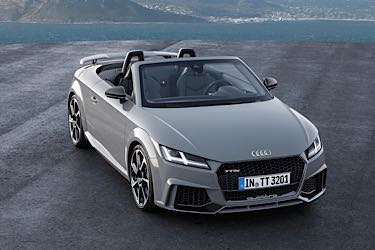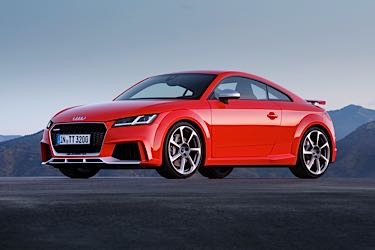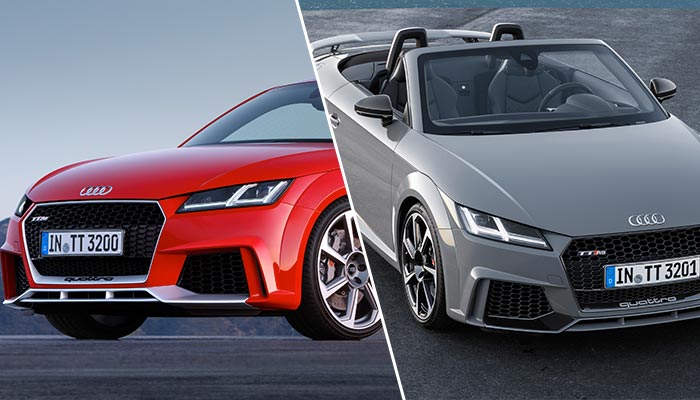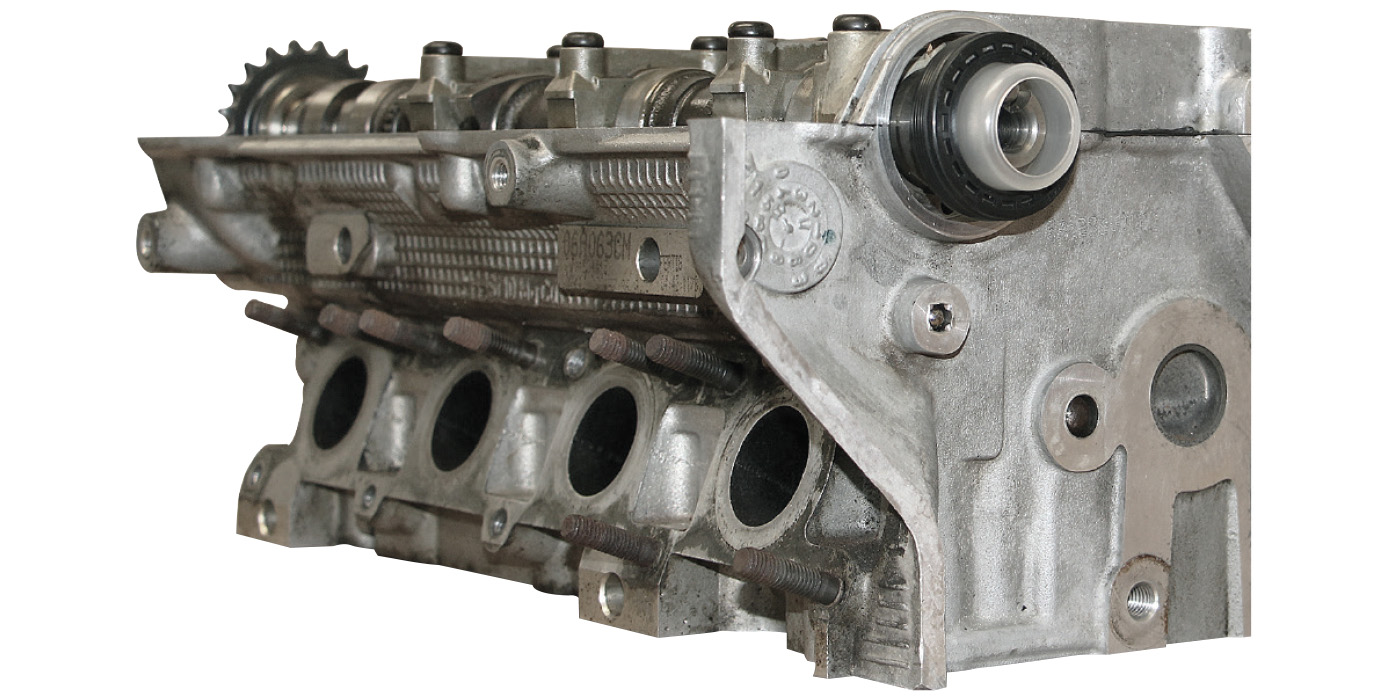

TT RS Coupé and TT RS Roadster
Audi presented its 2017 TT RS Coupé and 2017 TT RS Roadster for the first time to the world’s public at the Beijing Auto Show held April 29 to May 4.
“The new aluminum five-cylinder engine delivers 400 hp, which is 60 hp more than its predecessor,” said Stefan Knirsch, Audi board member for Technical Development. “Together with the quattro drive, it ensures sporty driving pleasure with maximum traction. Audi uses Matrix OLED technology in the rear lights for the first time.”
The 3.5L TFSI turbo engine gains a 17% increase in performance at an unchanged capacity of 2,480 cc. At 294 kW (400 hp), it is more powerful than ever before. The maximum torque of 480 Nm (354.0 lb.-ft.) is available between 1,700 and 5,850 rpm and ensures fantastic pulling power, says the automaker. The TT RS Coupé accelerates from 0 to 100 km/h (0 to 62.1 mph) in 3.7 seconds; the Roadster in 3.9 seconds.
The forces of the 2.5 TFSI engine flow via a seven-speed S tronic, which shifts at lightning speed, to the quattro permanent all-wheel drive. Its multi-plate clutch distributes the power freely between the axles. This provides strong grip and immense driving pleasure. The wheel-selective torque control makes handling even more agile and safe.
At the front axle, ventilated and perforated steel discs are in action behind the 19-inch wheels. At the back, a steel monoblock disc is used. As an option, Audi supplies RS sport suspension plus adaptive dampers in magnetic ride technology. In this case, the damping characteristics can be influenced electronically.
Controls and display in the new TT RS are focused completely on the driver. All information is displayed as standard on the fully digital Audi virtual cockpit with 12.3-inch screen. The driver can choose from three views, including a special RS screen that highlights the rev counter and provides information including tire pressure, torque and G‑force. The Audi virtual cockpit also displays a shift light that informs the driver that the engine speed limit has been reached. The leather steering wheel with shift paddles has two operating satellite buttons for turning the engine on and off. The driver can influence the exhaust flap control via the sound button on the center console.
Audi also offers a huge amount of high-end infotainment technology. The options include MMI navigation plus with MMI touch including free text search and natural voice control, as well as the Audi connect online module with Wi-Fi hotspot. Using Audi phone box, compatible cell phones can be charged inductively and paired with the onboard antennae for optimal reception.
The new TT RS models will be launched in the European market in fall 2016.














